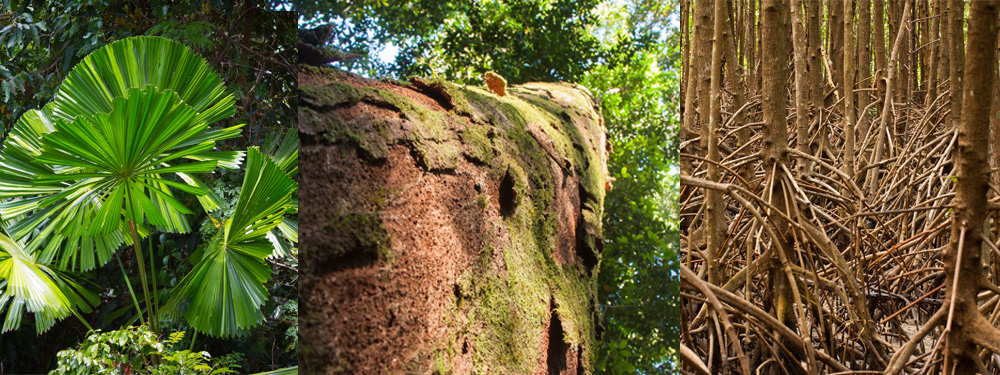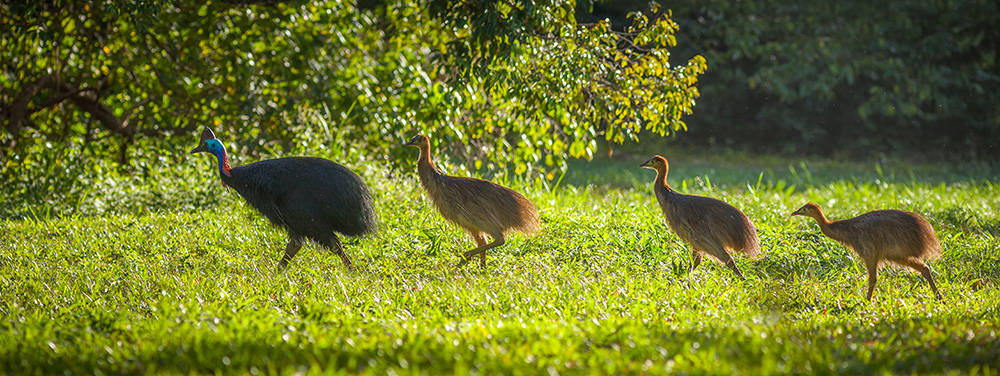Daintree Rainforest Observatory About us
About us
- Aboriginal and Torres Strait Islander in Marine Science
- Courses
- Future Students
- Current Students
- Research and Teaching
- Partners and Community
- About JCU
- Reputation and Experience
- Celebrating 50 Years
- Academy
- Anthropological Laboratory for Tropical Audiovisual Research (ALTAR)
- Anton Breinl Research Centre
- Agriculture Technology and Adoption Centre (AgTAC)
- Living on Campus
- How to apply
- Advanced Analytical Centre
- Alumni
- AMHHEC
- Aquaculture Solutions
- AusAsian Mental Health Research Group
- ARCSTA
- Area 61
- Association of Australian University Secretaries
- Australian Lions Stinger Research
- Australian Tropical Herbarium
- Australian Quantum & Classical Transport Physics Group
- Boating and Diving
- JCU-CSIRO Partnership
- Employability Edge
- Clinical Psychedelic Research Lab
- Centre for Tropical Biosecurity
- Career Ready Plan
- Careers at JCU
- Careers and Employability
- Chancellery
- Centre for Tropical Bioinformatics and Molecular Biology
- CITBA
- CMT
- CASE
- College of Business, Law and Governance
- College of Healthcare Sciences
- College of Medicine and Dentistry
- College of Science and Engineering
- CPHMVS
- Centre for Disaster Solutions
- CSTFA
- Cyber Security Hub
- Cyclone Testing Station
- The Centre for Disaster Studies
- Daintree Rainforest Observatory
- Defence
- Discover Nature at JCU
- Research Division
- Services and Resources Division
- Education Division
- Elite Athletes
- eResearch
- Environmental Research Complex [ERC]
- Estate
- Fletcherview
- Foundation for Australian Literary Studies
- Gender Equity Action and Research
- General Practice and Rural Medicine
- JCU Orientation
- Give to JCU
- Governance
- Art of Academic Writing
- Art of Academic Editing
- Graduate Research School
- Graduation
- Indigenous Education and Research Centre
- Indigenous Engagement
- Indigenous Legal Needs Project
- Inherent Requirements
- IsoTropics Geochemistry Lab
- IT Services
- International Students
- Research and Innovation Services
- JCU Eduquarium
- JCU Heroes Programs
- JCU Webinars
- JCU Events
- JCU Global Experience
- JCU Ideas Lab
- JCU Job Ready
- JCU Motorsports
- JCU Prizes
- JCU Sport
- JCU Turtle Health Research
- Language and Culture Research Centre
- CEE
- LearnJCU
- Library
- Mabo Decision: 30 years on
- MARF
- Marine Geophysics Laboratory
- New students
- Off-Campus Students
- Office of the Vice Chancellor and President
- Virtual Open Day
- Orpheus
- Open Day
- Outstanding Alumni
- Parents and Partners
- Pathways to university
- Pharmacy Full Scope
- Planning for your future
- Placements
- Policy
- PAHL
- Publications
- Professional Experience Placement
- Queensland Research Centre for Peripheral Vascular Disease
- Rapid Assessment Unit
- RDIM
- Researcher Development Portal
- Roderick Centre for Australian Literature and Creative Writing
- Safety and Wellbeing
- Scholarships
- Contextual Science for Tropical Coastal Ecosystems
- Staff
- State of the Tropics
- Strategic Procurement
- Student Equity and Wellbeing
- Student profiles
- SWIRLnet
- TARL
- TESS
- TREAD
- TropEco for Staff and Students
- TQ Maths Hub
- TUDLab
- Unicare Centre and Unicampus Kids
- UAV
- VAVS Home
- Work Health and Safety
- WHOCC for Vector-borne & NTDs
- Media
- Copyright and Terms of Use
- Australian Institute of Tropical Health & Medicine
- Pay review
Our field station is available to all scientists, post graduate students, undergraduate classes, Yrs 10-12 High School groups, and anyone wishing to run an educational workshop or conference. The station is open all year except for public holidays. Day group visits are possible on weekdays from 8am – 4pm. Groups can participate in station led activities or run their own activity, please contact station staff to discuss your needs on (07) 4098 0005 or email dro@jcu.edu.au.

The Daintree Rainforest is the oldest rainforest in the world; it has the highest biodiversity of any ecosystem in Australia. It is a magical landscape woven together with unique biota, including numerous living fossils. A visit to the Daintree Rainforest Observatory is a unique experience, where completely off-grid you can immerse yourself in the wonders of the largest continuous area of tropical rainforest in Australia.
Climate
Annual average rainfall is approximately 3500mm (137 inches) and is strongly seasonal, with 70% falling during the wet season which runs from December to April. Summers are often hot and humid, with the mean daily temperature in January around 28°C (82°F). However, temperatures up to 36°C (97°F) are not unusual during the summer months. Winters are mild and dry with the mean daily temperature in July around 22°C (72°F).
Northern Australia is subject to tropical cyclones in the wet season and their occurrence is unpredictable. The impact of these severe tropical storm systems are regarded as a natural phenomenon and a key evolutionary factor in shaping the ecology of Queensland's tropical lowland rainforests.
Flora
The vegetation at the Daintree Rainforest Observatory is complex mesophyll vine forest. There are a large range of botanical structural features represented including buttress and spur roots, a tall but irregular canopy with indistinct stratification of sub-canopy (saplings, seedlings, and ground cover layers) and irregular stem diameters. Also prominent on the site are a variety of robust woody lianas, vascular epiphytes, palms (both feather and fan), zingibers and aroids. The canopy is irregular, varying from 25 to 40 metres (82 to 131 feet), with dominant canopy trees belonging to Proteaceae, Meliaceae, Sapindaceae, Apocynaceae, Lauraceae, and Myrtaceae families.

Fauna
The surrounding forests support around seven hundred species of vertebrates, a number of which are endemic. Mammals observed on the site include striped possum, Bennett's tree-kangaroo, prehensile-tailed rat, long-tailed pygmy possum, giant white-tailed rat, Cape York and bush rats, fawn-footed Melomys, long-nosed bandicoot, and a variety of bats.
A wide range of birds including several dove species, five species of honeyeaters, Victoria's riflebird, orange-footed scrubfowl, spotted catbirds, lesser sooty owls, ospreys, grey and brown goshawks, and parrots have been recorded at the site. Also present on site are several frog species and reptiles including Boyd's forest dragon, eastern water dragon, carpet and amethystine pythons, and two colubrid snakes.
